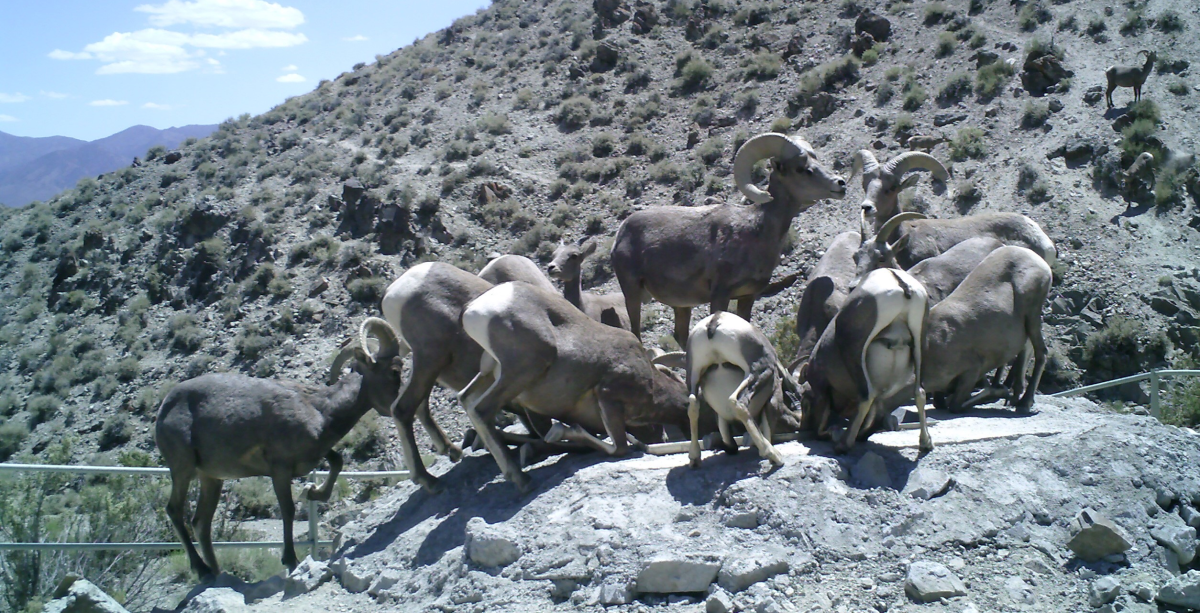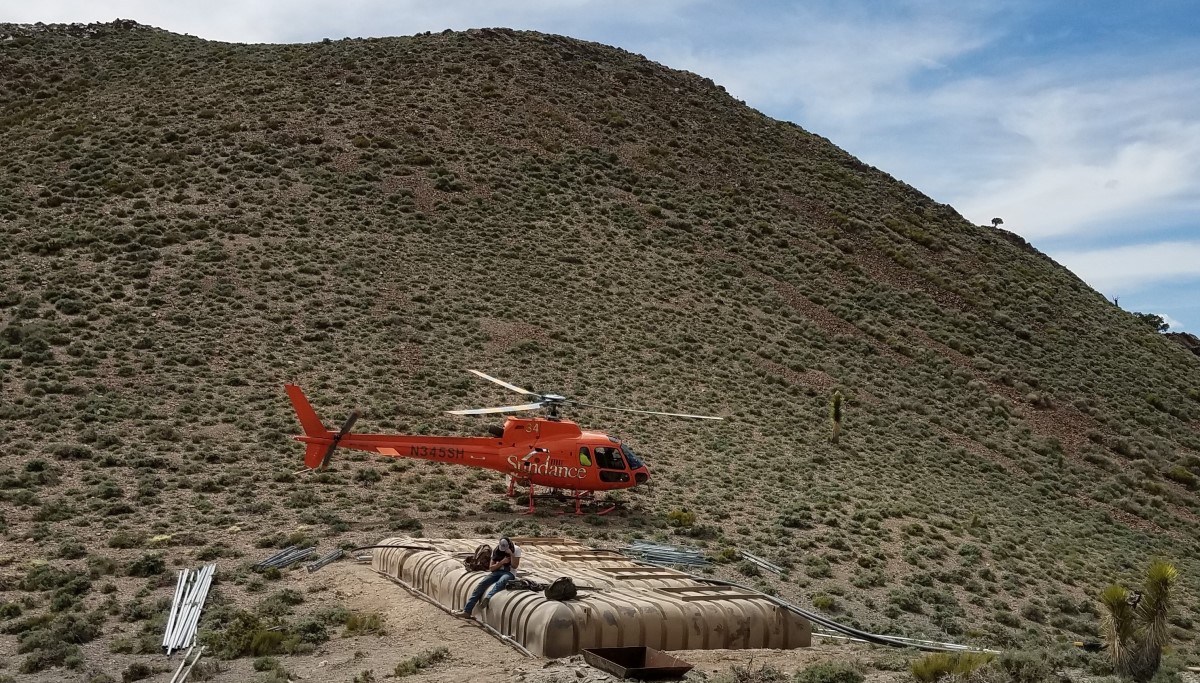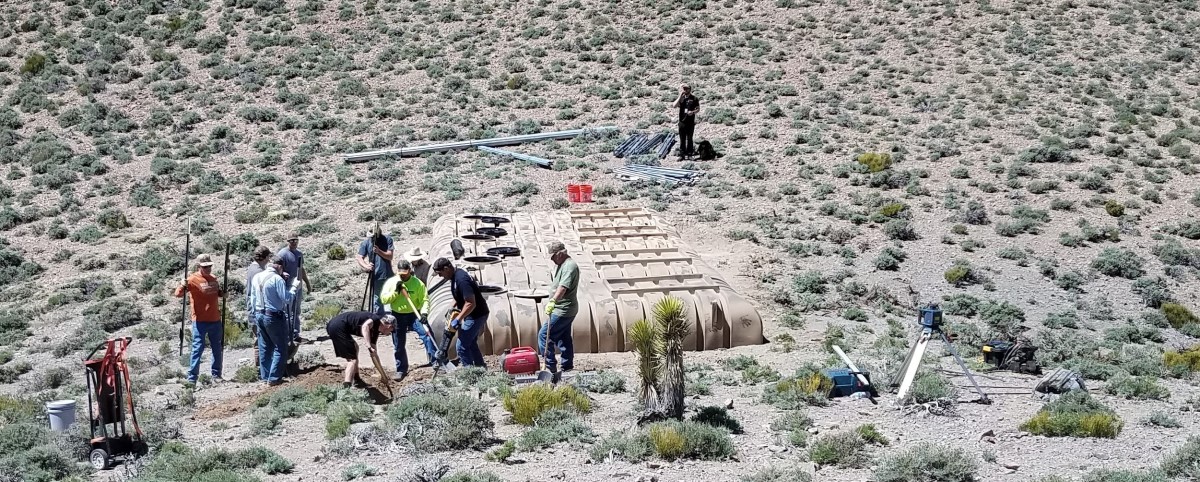Encourages members to speak up for hunting and angling opportunities in the Grand Mesa, Uncompahgre, and Gunnison National Forests
Today the U.S. Forest Service released a Draft Forest Plan that—when finalized—will guide future land-use management decisions on more than 3.2 million acres of public lands in central Colorado for the next 15 to 20 years. Hunters and anglers have been anticipating the release of the draft plan because of the significant potential impact it could have on the state’s fish and wildlife resources, and hunting and fishing opportunities.
The Grand Mesa, Uncompahgre, and Gunnison (GMUG) National Forests provide habitat for nearly 20 percent of Colorado’s iconic mule deer and elk populations, as well as large populations of bighorn sheep, moose, wild turkeys, and multiple trout species. More than 50,000 big game hunting permits are issued each year for the game management units within the planning area.
“The GMUG forest planning process should be viewed as critically important to hunters and anglers in Colorado, and it will no doubt shape outdoor recreational opportunities for decades to come,” said Jon Holst, Colorado field representative with the Theodore Roosevelt Conservation Partnership. “Sportsmen and sportswomen from all across our state know how important these public lands are to our hunting and fishing traditions, as well as the tremendous economic benefits they provide to local communities.”
The GMUG planning area is a vast and diverse landscape, covering more than 3.2 million acres of lands that range in elevation from 5,000 to over 14,000 feet, with mountain streams cascading through dense forests of spruce-fir, meadows interspersed in aspen groves, and riparian oases throughout sagebrush and oak shrublands. These lands contain large, unfragmented backcountry habitats that are essential for keeping seasonal big game migrations intact.
The release of the Draft Forest Plan is a key step in determining how fish and wildlife habitat, outdoor recreation opportunities, and resource development are balanced in this area. The agency’s Preferred Alternative in the Draft Forest Plan contains key provisions supported by hunters and anglers, such as conserving important habitats as Wildlife Management Areas to prevent incompatible development in these places.
A 90-day public comment period on the draft plan begins August 13 and is slated to close November 10.
“The TRCP is taking steps to ensure that hunters and anglers weigh in on the draft plan, and we’re continuing to work with local stakeholders and agency partners to ensure that the final plan reflects our shared conservation priorities,” continued Holst. “It’s important that members of our community speak up on behalf of the provisions of the plan that benefit wildlife, while also encouraging the agency to revise elements that remain in need of improvement.”
Photo: Jerry and Pat Donaho via Flickr








Lawmakers should look to improve this land for native wildlife habitat. And keep its natural beauty at the same time. And forever allowing public access for recreational use.
Leave the wild areas alone. Stop using planning as the need/justification for exploitation. We’ve made a total mess of this world and wouldn’t be missed by any other species if we were long gone. If we accept the fact that the wild areas are better off without us we gain a healthier world and a magnificent backdrop to limited development. The wild creatures will find a better balance without us. Accept the fact that our footprint is not always needed for wild places to flourish.
With so much development pressure on all of our wild lands, it is of the utmost importance that we have the protection in place so future generations will be able to enjoy these lands. The habitat that is still intact is needed to keep ecosystems thriving for all species that would need them. Please make sure the US Forest Service does the right thing and protects these lands and doesn’t succumb to political pressure to develop these lands so only a few benefit.